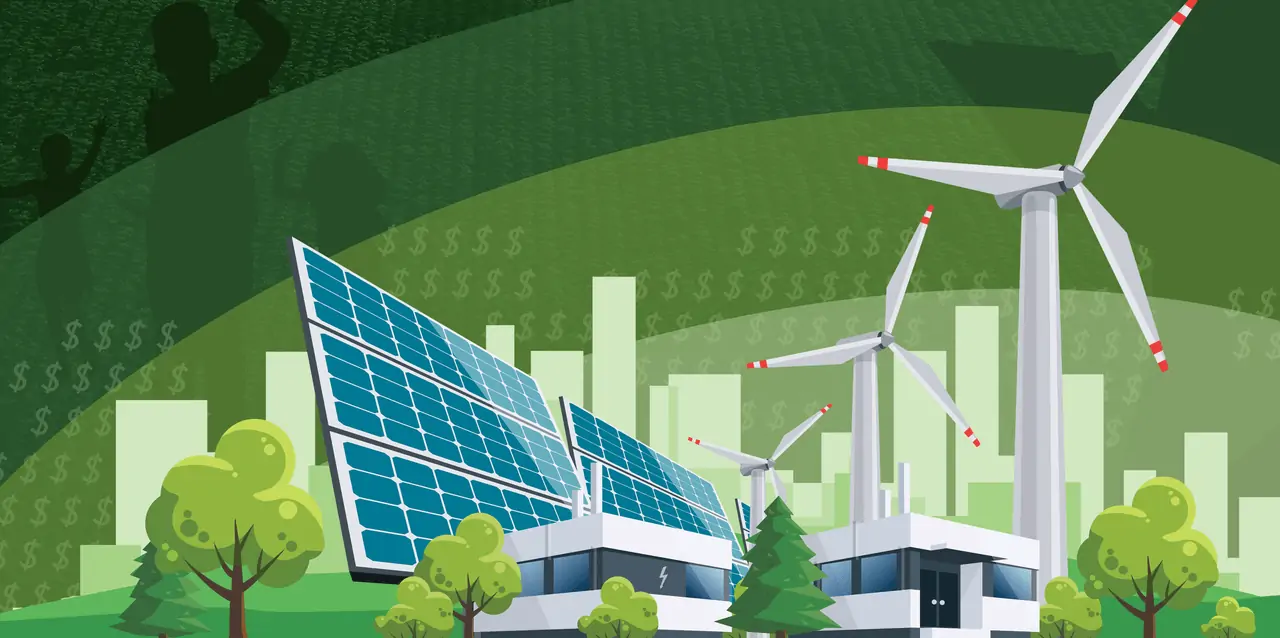Currently 37 states have renewable portfolio standards (RPS) that require utilities to generate a certain percentage of their electricity from clean power sources. California’s is one of the most aggressive. By 2030, the state is supposed to produce 50% green energy – i.e. electricity made from solar, wind, geothermal, and other renewable sources.
California is already off to a great start. In fact, it has more solar capacity than all the other 49 states combined. It also continues to set records in wind power generation.
But there’s a problem.
A big one actually.
Although renewable power is reliable over the long term, managing day-to-day output is very difficult. Sometimes, the sun is shining brightly – other times, cloud cover blocks out much of the rays.
The same is true of wind. Some days are gusty – other days are still.
By contrast, electricity generated from fossil fuel is quite reliable on an hour by hour basis. Grid operators know – in advance – exactly how much output they’ll receive from a given quantity of oil, natural gas, or coal.
This renewable energy intermittency is a real challenge for California. And until unpredictable peaks and valleys are resolved, it is unlikely that the state will ever reach its sustainability target.
But a number of solutions are on the horizon.
How California Can Actually Reach 50% Green Energy
Generating half of the state’s power from clean energy sources won’t be easy. According to the National Renewable Energy Laboratory (NREL), California’s grid will have to become far more “flexible” in the coming years. More specifically, grid operators will need to bring on more storage capacity to help smooth out solar and wind intermittency issues.
How can batteries help California reach 50% renewable power and beyond?
With enough storage capacity, grid operators would be able to capture excess electricity when consumer demand is low. And when demand goes back up, utilities can simply send that’s stored energy back into the network.
It really is as simple as flipping a switch.
So why hasn’t California already adopted this approach?
Actually – it has. Utilities are already required to install a certain threshold of storage capacity. And as battery costs continue to go down, it is likely that California and other states will increase the mandatory storage percentages for their respective utilities.
And as discussed earlier this week, widespread battery adoption is happening organically thanks to the rise of electric vehicles (EV’s). When harnessed correctly, these zero-emission cars can provide plenty of backup power throughout the day.
So yes – California can honestly reach 50% green power. And it’ll likely happen before the 2030 deadline.
Ready to Help California Reach Green Energy?
To learn how you can help with this amazing transformation, contact us today for a free consultation. Sunline Energy is proudly one of the top solar companies in San Diego with 300+ 5 star yelp reviews. All of our solar installations come with a 25 year warranty. We are a small local solar company that can help you choose the perfect solar panels for your home or business so you can start saving money and the environment.


